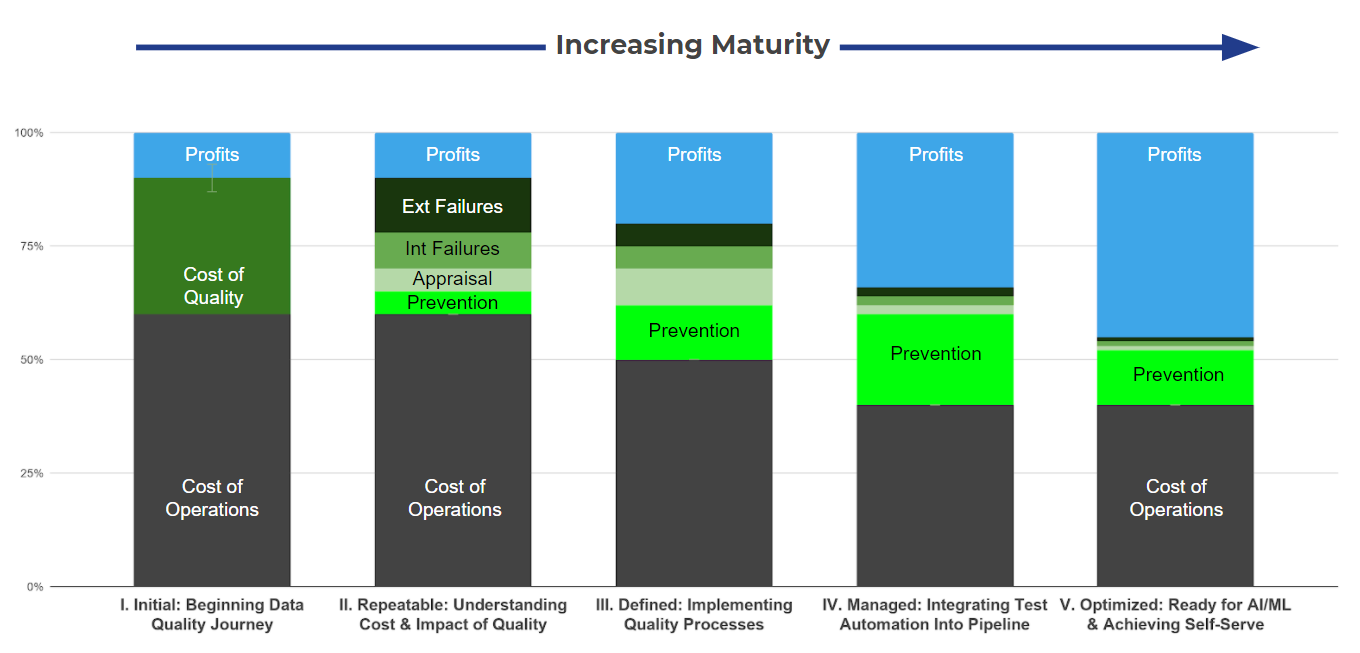5 Secrets to Successful Data Governance
It might not sound exciting, but effective data governance can singularly drive successful data management initiatives… and that’s very exciting. For more than two decades, companies with solid governance on the IT side have seen their investments translate to positive financial outcomes. We can continue to apply those lessons today to drive value from data and analytics.
Governance is the people and process side of data management, and involves answering questions like: Do data providers know what standards should be met as they generate new data, and funnel it into some location where downstream users can benefit from it? Do data consumers know where to find the data they need? How are critical data elements identified?
There are many well established governance frameworks that can be customized and applied in your organization; each provides a useful view of what governance is, at its core. For example, the Weill and Ross model (2004) describes governance as “the decision rights and accountability framework to encourage desirable behavior” with your technology and information assets. Establishing governance means articulating the “decisions [that] must be made to ensure effective management and use of IT (decision domains) and [deciding] who makes the decisions (locus of accountability for decision-making).” (Khatri & Brown, 2010)
Regardless of what governance framework you choose to apply apply, here are some common characteristics that are often found in the most successful implementations:
- Centralize Approach, Decentralize Compliance. The most effective data governance programs work like franchises: all business units agree, contractually, to adopt the same standards, processes, and image. The end result is a collection of business units that look and feel nearly identical, with consistent compliance to quality standards (think Starbucks or McDonalds).
- Articulate Data Value. Not all data is created equal. Applying the Pareto Principle to find the 20% of your data ecosystem that drives 80% of your business value is essential, and governance should be preferential. For example, making sure order data is available, complete, consistent, and valid is probably more important than protecting the integrity of the logs containing metadata from every hit to your web site.
- Know your Data Asset Inventory. To be able to articulate value, you’ve got to know what data you have, and where you’re keeping it, and whether anyone knows anything about it. Most data warehouses have a lot of cobwebs.
- Establish Local Practices. A centralized approach requires localized implementation. For example, towns and counties in the US have law enforcement agencies and courts to encourage and maintain compliance with the standards. Similarly, translating centralized standards, policies, and approaches to practical, tangible steps that people can take locally is essential.
- Surface Political Motivations. Governance is about people, and people have motivations (and sometimes, agendas). Is your information siloed? Start with finding out why those silos exist. Are there issues with trust, either between people or departments? Learning what they are will help you identify risks to deployment of successful governance.
Ultimately, governance requires building scaffolding that helps people work together to achieve collective goals. (Benfeldt et al., 2020) It’s a long term challenge that can be emotionally (and sometimes politically) messy. Fortunately, the promise of a direct impact to the bottom line year over year is what keeps organizations focused on continuous improvement where governance is concerned.
Ultranauts helps companies establish and continually improve data quality through efficient, effective data governance frameworks and other aspects of data quality management systems, especially high impact data value audits. If you need to improve the quality of data in an existing fixed asset management (FAM) software system, Ultranauts can also quickly help you identify opportunities for improvement that will drive value, reduce costs, and increase revenue.
Additional Reading:
Benfeldt, O., Persson, J. S., & Madsen, S. (2020). Data governance as a collective action problem. Information Systems Frontiers, 22(2), 299-313.
Khatri, V., & Brown, C. V. (2010). Designing data governance. Communications of the ACM, 53(1), 148-152.
Weill, P., & Ross, J. W. (2004). IT governance on one page. Available at SSRN 664612.

